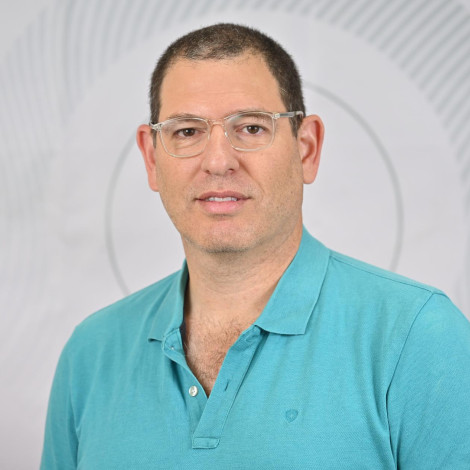
Dr. Ron Piran
Regenerative Medicine and Diabetes
CV
Dr. Ron Piran earned his Ph.D. from the Technion in Israel under the supervision of Prof. Ehud Keinan and Prof. Yoram Reiter. His decision to devote himself to efforts to find a cure for diabetes evolved out of experiences during his Ph.D. training, which focused primarily on theoretical computer science and formal logic. During that time, He developed a new approach to apply algebraic modeling methods to embryonic development, collaborating with Prof. Rami Reshef. Using the model, he predicted the existence of a particular biochemical pathway, and successfully tested the prediction experimentally. This approach was very successful, leading him to want to apply it to a different organ, and to a problem that had more immediate application to helping people afflicted with disease.
Thus, he went to the Levine lab, at the Sanford Burnham Prebys Medical research institute in La Jolla CA, which worked on insulin producing beta-cell regeneration. He was successful in obtaining the prestigious CIRM fellowship and used it to study beta-cell regeneration following pancreatic damage. In the model he developed, new beta-cells formed by conversion from alpha-cells, an important new pathway for beta-cell neogenesis. Towards the end of the fellowship, he made major progress in understanding the molecular mechanism by which that process occurred. The receptor that was isolated is a druggable target, which bears promise to clinical application.
Research
Insulin is the survival hormone for tissues and cells in our body. Insulin allows glucose (carbohydrates = energy) to enter the cells. When Insulin is either not present or not sensed, glucose cannot enter cells, resulting in their starvation. As a side effect, glucose levels start to accumulate in the bloodstream. Therefore, in diabetic patients there is unbalance – on one hand, their tissues are starving resulting in gangrene and necrosis, while on the other hand, there is an osmotic unbalance in the blood.
Both type I (juvenile) and type II (adult onset, both terms in parentheses are outdated) diabetes are characterized by a deficiency in insulin-producing beta-cells. In type I diabetes, which is an autoimmune disease, the body specifically attacks the beta-cells. In type II diabetes, which is a collection of different metabolic illnesses, the body suffers from one of two problems: poor nutrition (too much carbohydrate consumption), leading to glucose overload, resulting in beta-cell exhumation and death, or from insulin resistance (or insensitivity), causing over-secretion of insulin by the beta-cells, which also results in beta-cell exhaustion and death.
Our goal is to regenerate these missing beta-cells in diabetic patients. Our strategy is to utilize their neighboring alpha-cells and to convert them into beta-cells using drugs so the strategy will be applicable to diabetic patients. We were successful in using this approach in mice, and now our efforts are directed to increase the conversion rate and to stabilize the neogenic beta-cell in different diabetic models.
As regenerative medicine is not limited to beta-cells, our findings have implications for other fields where regeneration is needed. So far, our discoveries have implications for hepatitis and amputations as well.
Publications
Full list of publications can be seen here.
Last Updated Date : 09/11/2025



